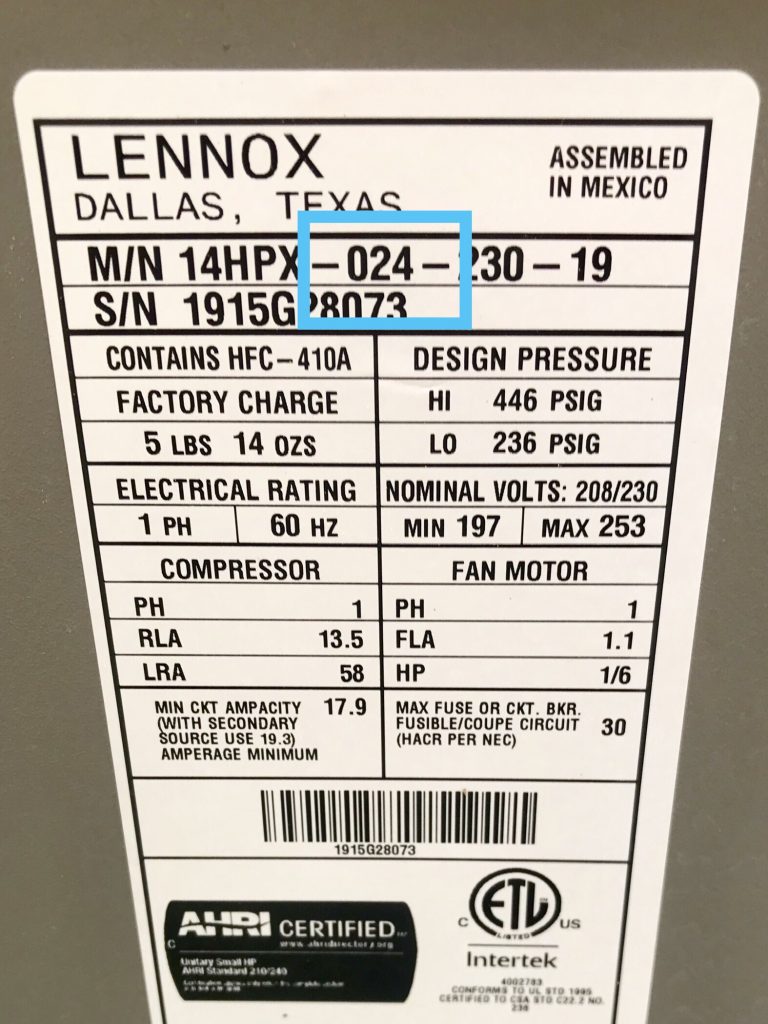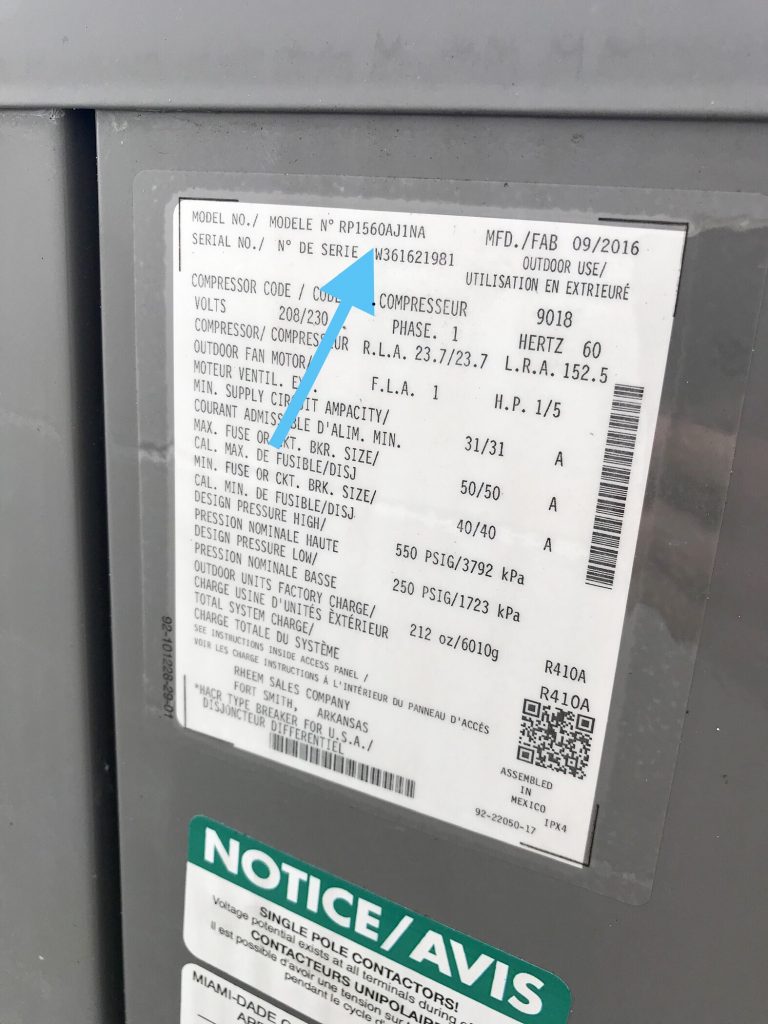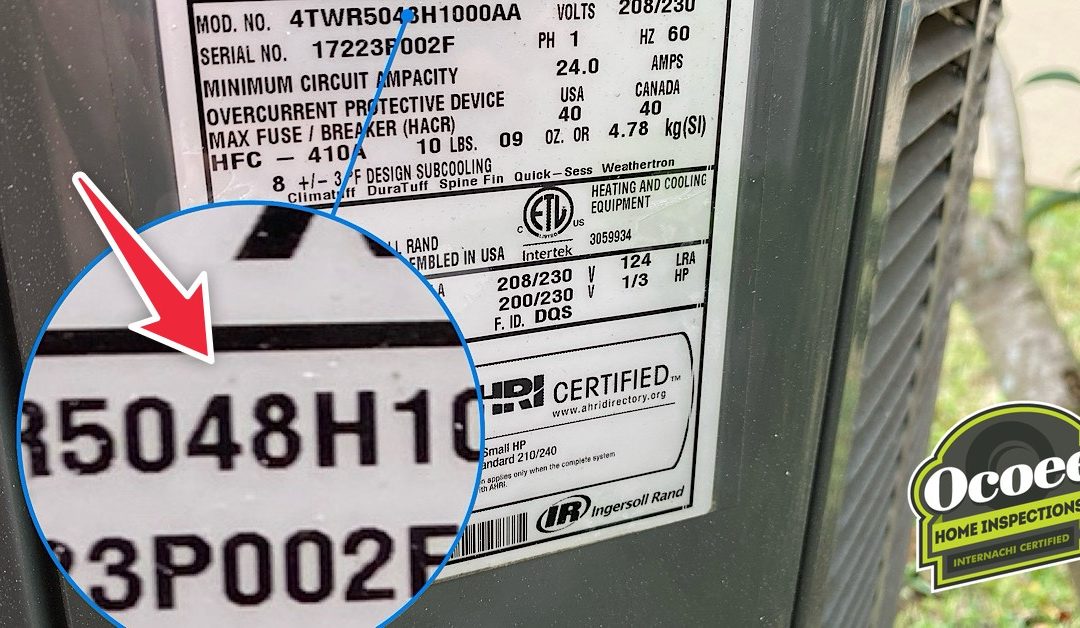When I inspect a home, often the clients will want to know the AC tonnage. They think that if a unit isn’t large enough, that it will never turn off and will make it hard for the home to cool down. While a simple fomula of so and so sq/ft of living space needs so and so tons of A/C may have worked in the past, will not work now. Let me explain.
What is “AC Tonnage”?
The term tonnage is used to describe the cooling capacity of the HVAC system. BTU’s or British Thermal Units, are used to describe the heating portion. One ton of cooling equals the amount of cooling needed to freeze 2000 pounds of water in a 24 hour period.
But how do I know what size I need for my house?
As mentioned before, determining the ac tonnage needed for your home isn’t that simple anymore. Homes now are built much tighter, have higher levels of insulation and double or even triple pane windows. Take for instance a 2000sq/ft home built in 1970 with 4″ of insulation in the attic that most likely is missing in places, single pane windows that leak air and minimal amounts of insulation in the walls. Now take a new home with a attic that is sealed with spray foam, walls that have spray foam and double pane windows with low-e glass. The cooling requirements will be drastically different between the two homes even though they are the same size. This is why you should always have your HVAC contractor perform a Manual J calculation. This test will determine the cooling requirements of the home.
Can’t I just put a bigger unit in?
Oversizing a HVAC system is actually worse than undersizing one. If you over size the unit it will “short cycle”. Short cycling is when the system turns on & off too often. This will lead to excess wear on parts of the system. This will also lead to higher humidity levels in the home from the system not running long enough. Also bigger units cost more so there’s that!
Ok well how do I find out what size I have?
Finding out what size system is in your home is simple. Unfortunatley the manufactures don’t put it in plain english on the label but it is there. You just need to look at the data plate and find the model #. Usually in the middle of this number you will find a even number starting with 18 and going up to 60. The a/c tonnage chart is here:
- 18 = 1.5 tons
- 24 = 2.0 tons
- 30 = 2.5 tons
- 36 = 3 tons
- 42 = 3.5 tons
- 48 = 4 tons
- 54 = 4.5 tons
- 60 = 5 tons


If you are in the market for a new HVAC system and you have performed energy saving upgrades to your home be sure to get the Manual J test! If you would like to have your system inspected, feel free and give us a call to set up your next inspection.

